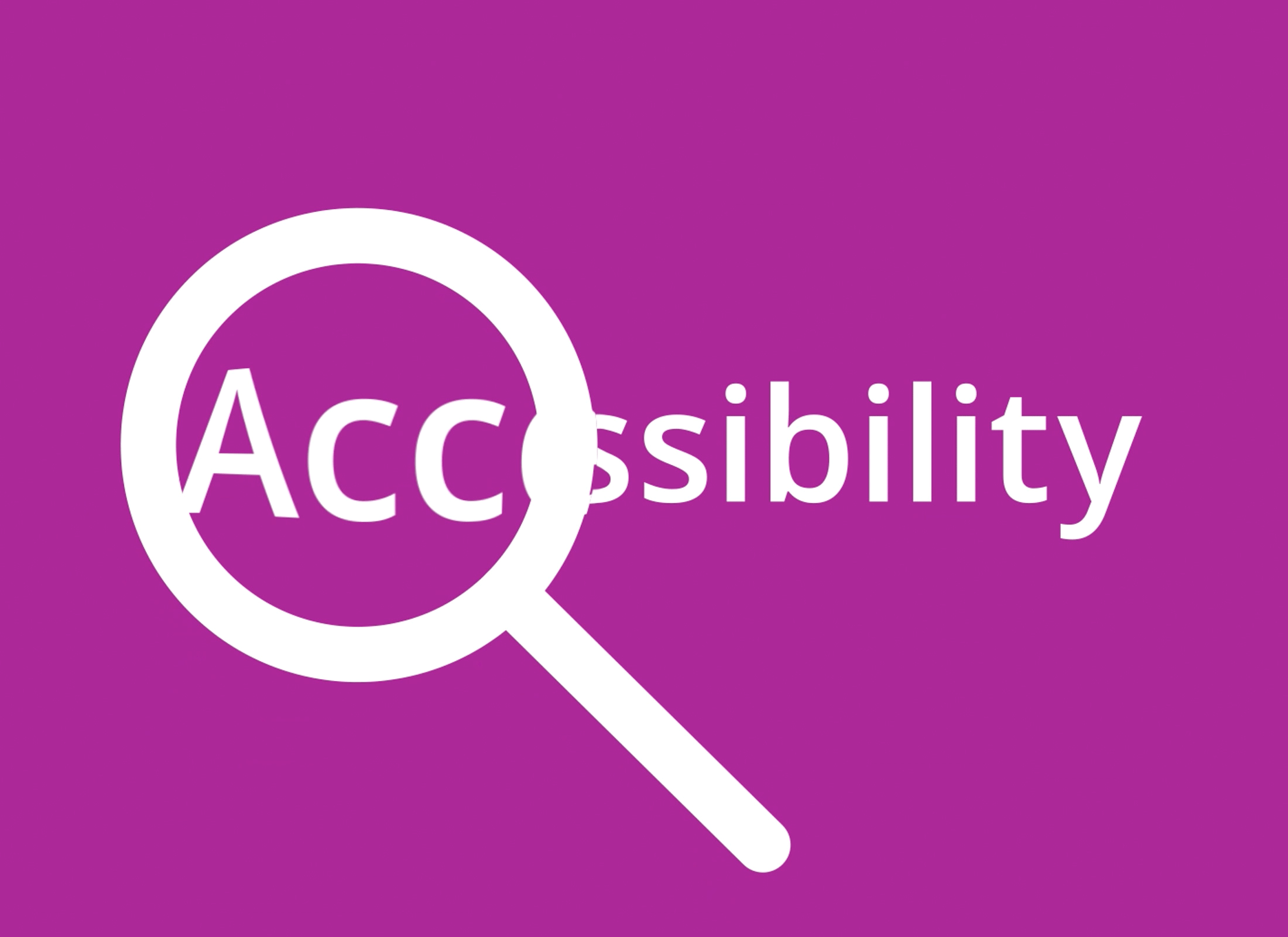Windows laptop: Accessibility
This short guide is a reference tool to help refresh your knowledge or practise what you have learned in the Windows laptop: Accessibility online video course, including how to:
- make text easier to read on the screen
- adjust the size and speed of the cursor
- activate and use Voice access.
Before you begin
Make sure your computer is:
- switched on and showing the desktop
- connected to your home Wi-Fi
- running the latest version of its operating software. If your computer is not running Windows 11, some of the steps may look different but you can still follow along.
The examples this course use a laptop and a connected mouse, but you can use your computer’s built-in trackpad instead.

How to change text size
You can use the Windows Settings menu to change many of your computer’s accessibility settings:
- Click the Start button at the bottom of the screen to open the Start menu.
- Click the Settings icon to open Windows Settings.
- From the menu on the left, click Accessibility.
- In the right panel, click Text size.
- Some preview text and a slider control will display. Use your mouse to drag the slider right to make text larger and left to make it smaller.
- Click Apply to confirm the text size.
- The Accessibility menu has many other options worth exploring.
How to change the size and speed of the mouse pointer
If you have trouble seeing the mouse pointer you can make it bigger and move more slowly.
From the Accessibility menu, click on Mouse pointer and touch to see the options:
- Mouse pointer style lets choose a colour that easy for you to see.
- Size lets you adjust the mouse pointer by dragging the slider right to enlarge it or left to reduce it.
- To make the pointer move faster or slower, scroll to Related settings and click Mouse.
- Find the Mouse pointer speed slider control and drag it to the right for faster movement (good for large screens) and to the left for slower, more precise movement.
Using Voice access
If your computer has a built-in microphone, you can use Voice access to control it with your voice.
To enable Voice access:
- From the Accessibility menu, find Interaction in the right panel.
- Click Speech to open the Speech panel.
- Find the Voice access switch and turn it on.
- In the bar that appears at the top of the screen, click Yes, continue.
A panel will appear asking you to set up your computer’s microphone.
If your computer doesn’t have a microphone, set up will stop and you can close the panel.
If your computer has a microphone, follow the prompts at the top of the screen and say voice access wake up.
When Voice access is active, you’ll see the word Listening in the top left of the screen.
To explore Voice access features, say click start guide when prompted.